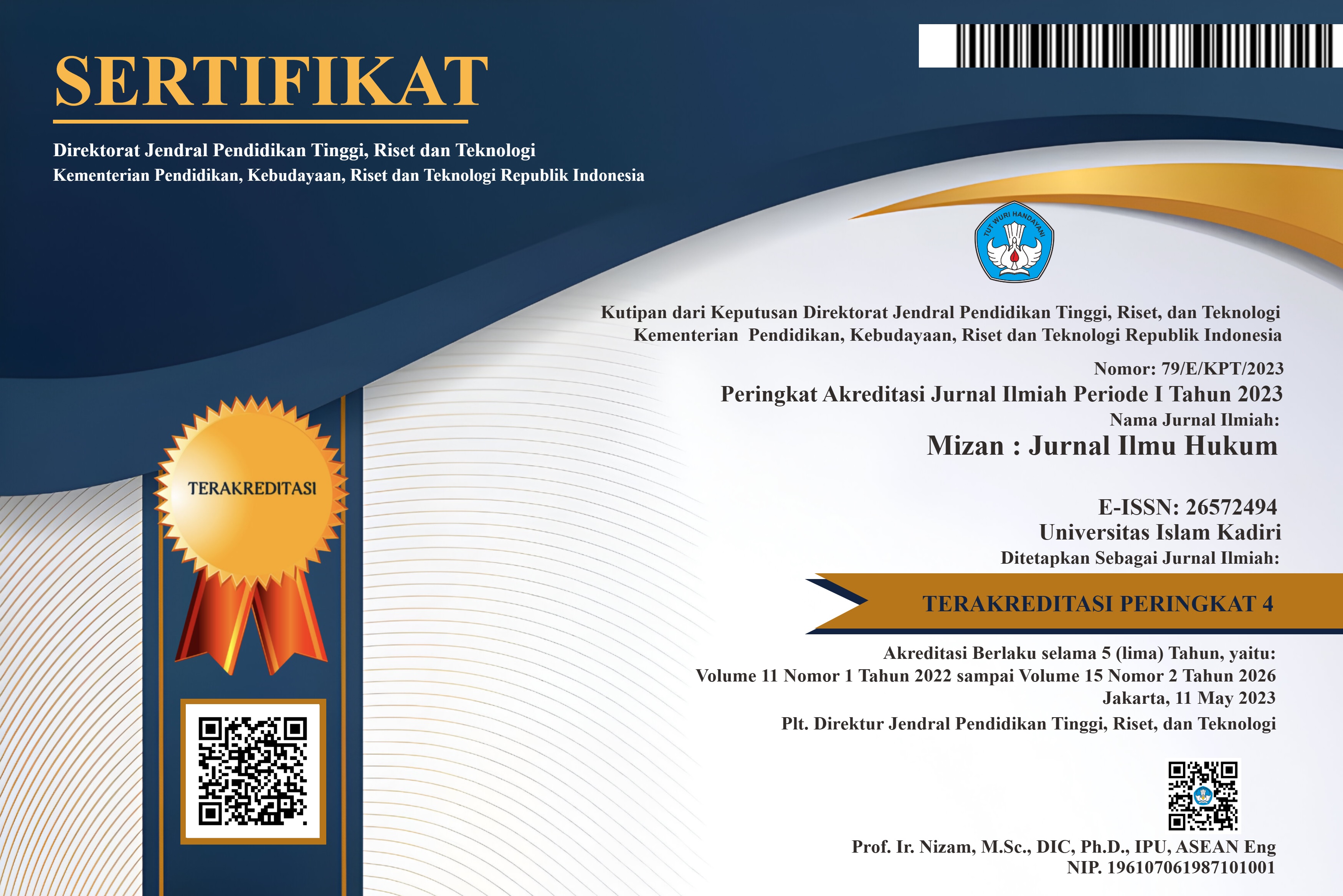LEGAL PROTECTION FOR E-WALLET CONSUMERS IN THE DIGITAL ECONOMY ERA
Abstract
The era of digitalization seems to have influenced almost all human activities, including digital banking. By using electronic means, banks can now provide financial services to their customers without going through a physical office. Even today, digital-based financial services are presenting an electronic wallet/e-wallet. An E-wallet is a software-based product that uses internet signal, and Indonesia is starting to recognize it as a digital payment instrument. Implementing electronic money activities reduces cash circulation, referred to as a less-cash society, and makes payment efficient. In general, an e-wallet is an application based on a server, and using it requires a connection with the publisher first. However, the emergence of various kinds of e-wallets at this time is not a solution to reduce the problem but creates complaints on the usage. The current free-market era creates market competition and causes many business actors to only care about profit. Business actors mostly ignore the interests of consumers. Based on this condition, this research intends to deeply examine the legal protection form for e-wallet consumers in Indonesia. This study will use normative/doctrinal legal research methods to answer the existing problems. According to the Indonesian Consumer Protection Law, every e-wallet consumer has the right to get legal protection as a sense of security in making transactions. Consumers of e-wallets who received non-conformance services can sue for their losses legally through court or out of court under the Indonesian Consumer Protection Law provisions.








